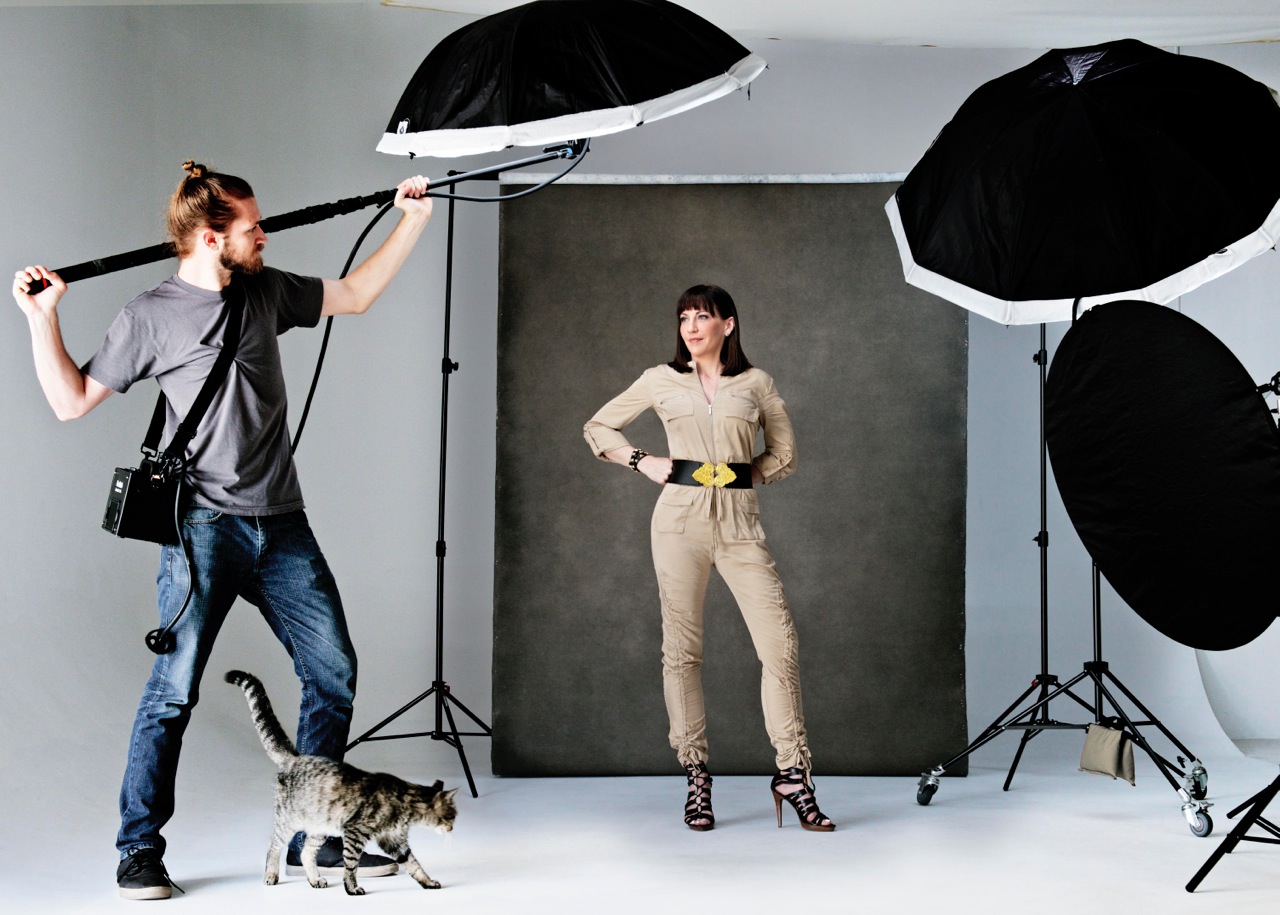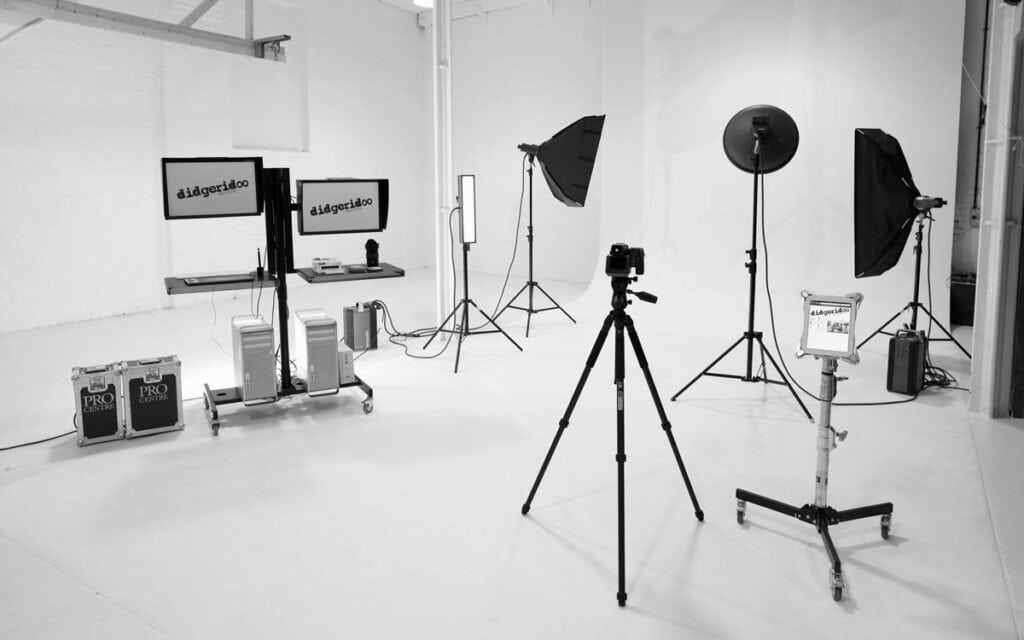What is Flat Lighting in Photography and Its Unique Appeal?
If you are a professional photographer, you might have come across the term 'flat lighting' during your lighting setups. But what is flat lighting in photography? In essence, flat lighting refers to a lighting technique that minimizes shadows and creates a uniform appearance across the subject. This lighting style is often used to highlight textures and provide a detailed view of the subject without the interference of harsh shadows.
This article will delve deep into the nuances of flat lighting, exploring how it works, its applications, and even the pros and cons associated with it. Understanding this technique can be crucial, especially when you're striving for a particular look in your photography.

Understanding Flat Lighting: The Basics
Flat lighting is characterized by an even distribution of light, resulting in minimal shadow creation. This lighting technique is achieved by positioning light sources in a way that reduces the contrast of lighting on your subject. For instance, when your light source is placed directly in front of your subject, it effectively illuminates all areas uniformly. This positioning drastically decreases the appearance of shadows, hence offering a flat visual representation.
Many photographers rely on flat lighting when shooting product photography because it reveals intricate details without distractions. This lighting technique is invaluable when clarity is paramount, providing an accessible view of the subject.
When to Use Flat Lighting
Flat lighting is particularly beneficial in several scenarios:
- Product Photography: When photographing products, a flat lighting scheme can accentuate all details, making it suitable for e-commerce lighting.
- Fashion Photography: In certain cases, flat lighting can be used for editorial fashion shoots to create a specific mood.
- Portrait Photography: While its not the most common choice for portraits, it can provide a unique aesthetic when aiming for a soft look.
Understanding when to apply flat lighting to your photography is critical for achieving desired outcomes. For more tips on effective lighting techniques, check out our guide on learning lighting.

The Gear You Need for Flat Lighting
To achieve flat lighting, a few tools and techniques can help:
- Softboxes and Diffusers: These tools help to scatter light evenly, which is essential for reducing harsh shadows.
- Reflectors: Using reflectors can direct light back onto your subject for filled shadows.
- Continuous Lighting: These setups are often preferred for flat lighting as they allow an ongoing light source that is controllable.
Check out our resource on lighting techniques for product photography for more gear recommendations.
Flat Lighting in Action: Examples
Utilizing flat lighting significantly impacts the outcomes of your shots. Here are some examples:
- **Portraits**: For beauty shots, flat lighting can lessen imperfections and smoothen skin tones.
- **Fashion Photography**: When emphasizing the fabric and details of clothing, flat lighting presents these elements without distracting shadows.
- **Food Photography**: Flat lighting can define the foods textures and colors, making them more appealing.
Understanding how to manipulate lighting can give you incredible control over your photography. For additional insights into various lighting techniques, consider reading about broad lighting.

The Pros and Cons of Flat Lighting
Like any technique, flat lighting has its advantages and disadvantages:
Pros:
- Minimizes harsh shadows, creating a soft appearance.
- Great for technical shots requiring detail.
- Creates an even and uniform look that can be aesthetically pleasing for certain subjects.
Cons:
- May lack depth and dimension, which can make some subjects appear lifeless.
- Can lead to flat images that lack visual interest.
- Not suitable for every photography type, especially when dramatic contrasts are needed.
The balance between **flat lighting** and other lighting techniques is essential for increasing your photographic repertoire. For diverse lighting approaches, take a look at light setups.

Techniques to Modify Flat Lighting
If you're aiming to lessen the flatness while still utilizing this technique, consider these modifications:
- Add Depth with Background Elements: Using contrasting backgrounds can create interest.
- Incorporate Colors: Layering colors in your composition can enhance the flat effect.
- Soft Shadows: Using reflectors can help to introduce soft shadows instead of stark contrasts.
Understanding how to manipulate flat lighting can yield stunning results. For more in-depth lighting techniques, take a look at our article on different types of lighting.
Conclusion
What is flat lighting in photography? It is a powerful technique that can bring a unique perspective to your work. By mastering flat lighting, you can create shots characterized by clarity and simplicity while still highlighting essential details. As with any technique, knowledge and practice will help you maximize your results. If you want to explore various lighting options further, consider looking into our insightful comparative articles, like that on studio lighting.
FAQ
What is the main characteristic of flat lighting?
The main characteristic of flat lighting is the even distribution of light that minimizes shadows and creates a uniform appearance across the subject.
When should I avoid flat lighting?
Avoid flat lighting when your subject requires depth, dimension, or dramatic contrasts, as it may lead to lifeless images.
Can flat lighting be used in portrait photography?
Yes, flat lighting can be utilized in portrait photography, particularly for beauty shots where a soft and even appearance is desired.
As an Amazon Associate, I earn from qualifying purchases.

